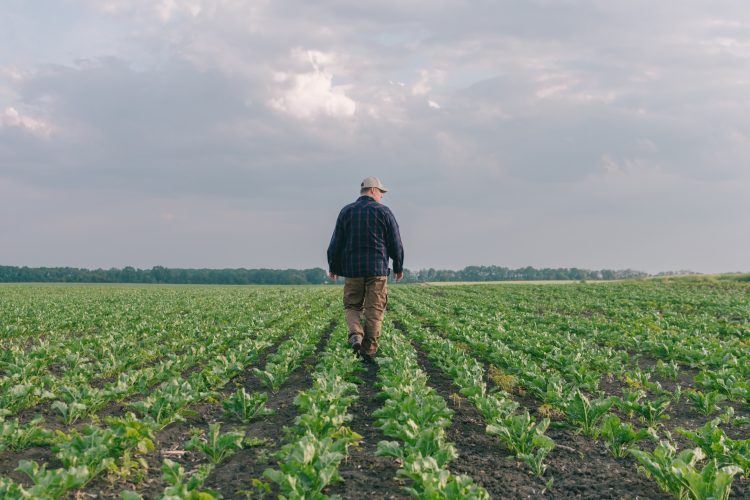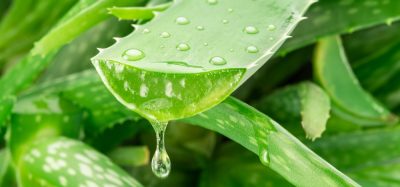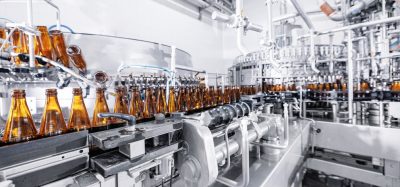Researchers improve crops using laser beams and 3D printing
- Like
- Digg
- Del
- Tumblr
- VKontakte
- Buffer
- Love This
- Odnoklassniki
- Meneame
- Blogger
- Amazon
- Yahoo Mail
- Gmail
- AOL
- Newsvine
- HackerNews
- Evernote
- MySpace
- Mail.ru
- Viadeo
- Line
- Comments
- Yummly
- SMS
- Viber
- Telegram
- Subscribe
- Skype
- Facebook Messenger
- Kakao
- LiveJournal
- Yammer
- Edgar
- Fintel
- Mix
- Instapaper
- Copy Link
Posted: 26 June 2024 | Grace Galler | No comments yet
Using laser scanning to generate 3D models of certain parts of sugar beet, researchers claim they have taken a step forward in developing AI-assisted crop pipeline improvement.


Bringing farming into the 21st century, researchers have disclosed how laser beams and 3D printing can be used to support crop breeding.
The new research was published in the journal GigaScience and spotlights how scientists have been utilising laser Scanning and 3D printing to create a detailed 3D model of a sugar beet plant.
As a way of obtaining more genetic information to guide intelligent breeding, the 3D plant models here capture the “essential characteristics” of the above-ground parts of the sugar beet plant and can be used for AI-assisted crop improvement pipelines. According to the team, the sugar beet plant models are reproducible and fit for field use.
The researchers have explained that crop management is” gaining much needed tools” and modern plant breeding is a “data-centric enterprise, involving machine learning algorithms and sophisticated imaging technology to select desirable traits”.
Previously, plant phenotyping – the science of gathering precise information and measurements on plants – have been manually recorded by humans. However, in a world increasing using technology to find solutions, many phenotyping pipelines are becoming more and more automated, using state-of-the-art sensor technology, often assisted by artificial intelligence.
As well as being able to measure the size of crops, measurements that can be taken include fruit quality, leaf shape and size, and other growth parameters. In addition to the efficiency gains from using automated pipelines for measurement, computer-assisted sensors can capture complex plant information that would be difficult for humans to gather on a large scale.
The researchers have claimed that a “crucial” aspect of the “new, sensor-driven world of crop breeding” is the availability of precise reference material.
Sensors require data on a “standard plant” that includes all relevant characteristics, such as complex 3-dimensional traits like leaf orientation. Using a life-sized “artificial plant” as a reference is preferable to relying solely on computer data or flat 2D representations. An actual model can serve as a reference and internal control within a greenhouse or test field among real plants.
Episode 49: Applications of AI Part One with Jorge Hernandez
For the purpose of the study, thenew 3D-printed model of a sugar beet plant was generated with these applications in mind and the printing files are available for others to download and reuse, allowing other scientists to recreate an exact copy of the reference sugar beet, making research done by different labs in different parts of the world more comparable.
The authors of the study, Jonas Bömer and colleagues from the Institute of Sugar Beet Research (Göttingen) and the University of Bonn, gathered precise data for their model through the use of used LIDAR (Light Detection and Ranging) technology.
A real sugar beet plant was scanned with a laser to generate 3D data from 12 different angles. After processing, this data was used in a commercial-grade 3D printer to create a life-sized model of the sugar beet. The authors then tested this model as a reference point in both laboratory and field settings.
“In the field of three-dimensional plant phenotyping, the referencing of utilized sensor systems, computer algorithms and captured morphological parameters represents a challenging yet fundamentally important task. The application of additive manufacturing technologies for the generation of reproducible reference models presents a novel opportunity to develop standardized methodologies for objective and precise referencing, thereby benefiting both scientific research and practical plant breeding,” said Jonas Bömer.
However, the technology doesn’t stop at sugar beet, infact, the recent study outlines how the combination of artificial intelligence, 3D printing, and sensor technology can contribute to the plant breeding of the future.
“The value in a printable 3D model is that you can print multiple copies, one per field of crops. As a low-cost phenotyping strategy, where the major cost is the LIDAR scanner, it would be fantastic to see this approach tested on other crops such as rice or African orphan crops, where there is a need for low-cost phenotyping solutions,” added Chris Armit, GigaScience Data Scientist.
Related topics
Food Security, Research & development, Technology & Innovation









